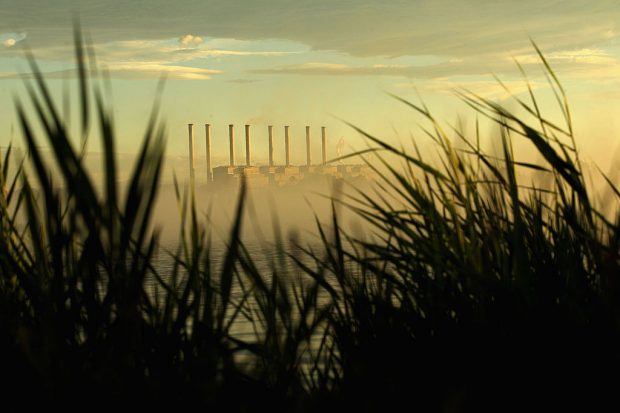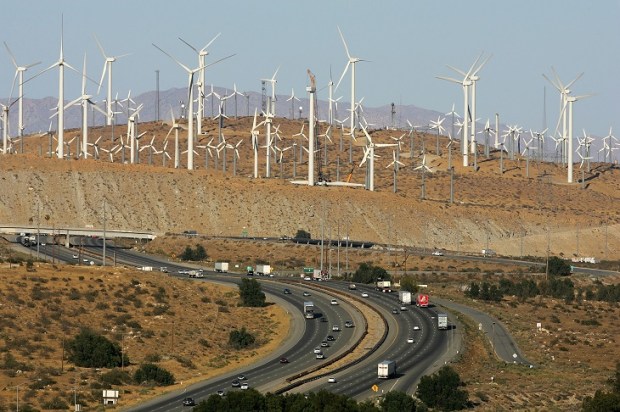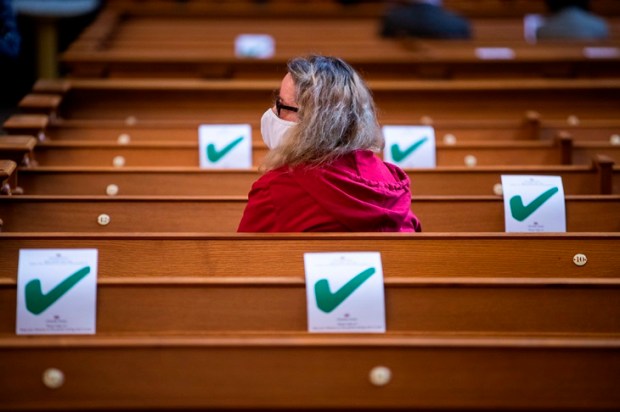 A little over two decades ago, as the deputy secretary responsible for Victoria’s energy policy, I accompanied the then Coalition government minister to a Hazelwood visit. Although the plant personnel were solid Labor and opposed to the emerging policy of privatisation of the electricity supply industry, we were received with great cordiality. Apparently, the workers feared the ministerial visit to the plant – the first in the memory of the workers there – was to announce its closure and there was great relief once they learned no shutdown was planned.
A little over two decades ago, as the deputy secretary responsible for Victoria’s energy policy, I accompanied the then Coalition government minister to a Hazelwood visit. Although the plant personnel were solid Labor and opposed to the emerging policy of privatisation of the electricity supply industry, we were received with great cordiality. Apparently, the workers feared the ministerial visit to the plant – the first in the memory of the workers there – was to announce its closure and there was great relief once they learned no shutdown was planned.
In the mid-1990s there were reasonable grounds to expect the plant’s closure. Built in 1964 it had not been performing well – unreliability meant it was available to run only 70 percent of the time (paradoxically, a level that is twice as high as that of modern wind farms). Its design life gave it only a further ten years to operate.
As it happened, the plant was sold in 1996 for $2.4 billion a price three times higher than was originally contemplated. And the new owners, initially National Power from the UK, proceeded to shed excess labour, undertake low-cost capital improvements and manage the plant rather than allowing it to be worker-controlled. Although Hazelwood would always be the highest cost of the four major Latrobe valley brown coal stations, in spite of an accumulation of government regulatory cost impositions, it operated profitably for most of the next 20 years and accounts for about 15 percent of supply.
Electricity prices have been forced down over the period since 2000 when the renewable energy regulations were first introduced bringing increasing cross-subsidies to wind and solar. Subsidies through the Commonwealth’s RET scheme are currently about $90 per Megawatt hour, giving renewable suppliers a guaranteed support of twice the market price, in addition to receiving the market price itself. Other subsidies – both state and federal – add to the disadvantage under which fossil fuel suppliers operate and impose (mainly hidden) costs on electricity consumers and the taxpayer.
Reducing Victoria’s electricity supply by some 15 percent is bound to have an upward price effect. Estimates of wholesale price increases vary from 4 to 25 per cent. If the plant closure is also accompanied by the closure of the Portland aluminium smelter, which uses some 12 percent of the state’s electricity, the price increases will be at the lower end. But that, far from being a serendipitous outcome, would represent just another example of an ideologically driven de-industrialisation of the economy. This will make all but renewable energy snake-oil merchants poorer.
In a touch of irony, during my drive with the minister of energy to the Latrobe Valley all those years ago, he had to answer a call from the premier, Jeff Kennett. During that call Mr Kennett, at the behest of his departmental secretary, told the minister he should fire me. My crime was that I had given a television interview to a conventionally politically correct ABC journalist during which, much to the interviewer’s astonishment, I had dismissed the possibility of wind and solar energy being competitive with fossil fuels. Kennett, then at loggerheads with the nurses and teachers, was persuaded that he did not need another war front and that I’d just opened one with the environmentalists.
The energy minister, the eminently decent Jim Ploughman, refused to fire me. He explained to the premier that he’d instructed me to appear on the program and had endorsed the approach I took.
Hazelwood was always planned to be replaced as it aged and as power generation technology improved. Nobody twenty years ago, however, would have thought its replacement would be by plant – wind and solar – that is three times as costly as well as being unreliable. The issues at that time were whether competing privately owned plants could provide a product that is non-storable and necessitating plant interdependence at lower cost than a centrally controlled system.
That issue was resolved in the affirmative. Post privatisation, the electricity industry throughout Australia achieved world leadership with its low cost and reliability. But, that having been accomplished, we have seen political intervention creating a new conundrum by deliberately increasing the costs of supply in pursuit of the chimaera of cheap electricity based on the vagaries of the sun and the wind.
And, in an attempt to take advantage of the enhanced fears that politicians now feel about the consequences of their constant undermining of cheap electricity, at least one remaining coal generator, AGL, is calling for a market rejig to guarantee higher prices for its baseload. Such a policy approach in Western Australia delivers an additional $100 million a year to the generators at the expense of customers.
Got something to add? Join the discussion and comment below.
Get 10 issues for just $10
Subscribe to The Spectator Australia today for the next 10 magazine issues, plus full online access, for just $10.

























Comments
Don't miss out
Join the conversation with other Spectator Australia readers. Subscribe to leave a comment.
SUBSCRIBEAlready a subscriber? Log in